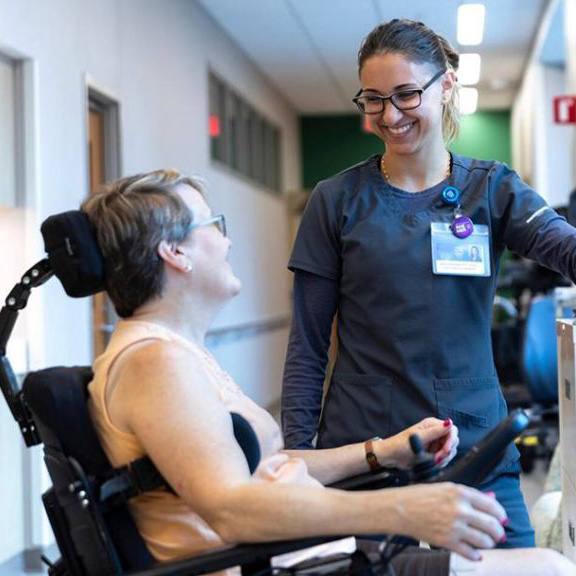What is osteophyte?
Osteomalacia, also known as bone spurs, is one of the diseases that cannot be cured, and the total clinical cure rate for various treatments is about 75%. Although the disease is not life-threatening, it is a very painful condition that requires patients to endure a variety of numbness and pain for a long time.
Osteomalacia is a normal degenerative change, and every elderly person has varying degrees of osteomalacia. Osteomalacia, like other conditions, is subject to change, and it is a pathological process in the human body, or it can be a physiological process that is not eternal, but is subject to various factors from time to time.
Preventing osteophytes by doing more exercises
Preventive measures for osteophytes should pay attention to proper exercise, proper physical exercise, and avoid long-term strenuous exercise, not that there is no need for exercise, on the contrary, proper physical exercise is the best way to prevent osteophytes. Because the nutrition of joint cartilage comes from the joint fluid, and the joint fluid can only enter the cartilage by “squeezing” to promote the metabolism of bones. Appropriate exercise, especially the necessary movement of the joints, can increase the pressure in the joint cavity, which is conducive to the penetration of cartilage between the joint fluid and reduce the degenerative changes of joint cartilage, thus reducing or preventing osteophytes, especially the hyperplasia and degenerative changes of joint cartilage.
Osteomalacia should avoid long-term strenuous exercise
Long-term excessive exercise is one of the causes of induced osteophytes. Long-term strenuous exercise can cause the bones and surrounding soft tissues to be unevenly stressed and overloaded, thus leading to osteophytes. Therefore, the method of rehabilitation of osteophytes lies in exercise, the significance of which is to eliminate or reduce the pain at the site of hyperplasia and the resulting dysfunction, to restore their life and labor capacity to the maximum extent, and to improve and enhance the quality of life of patients.



